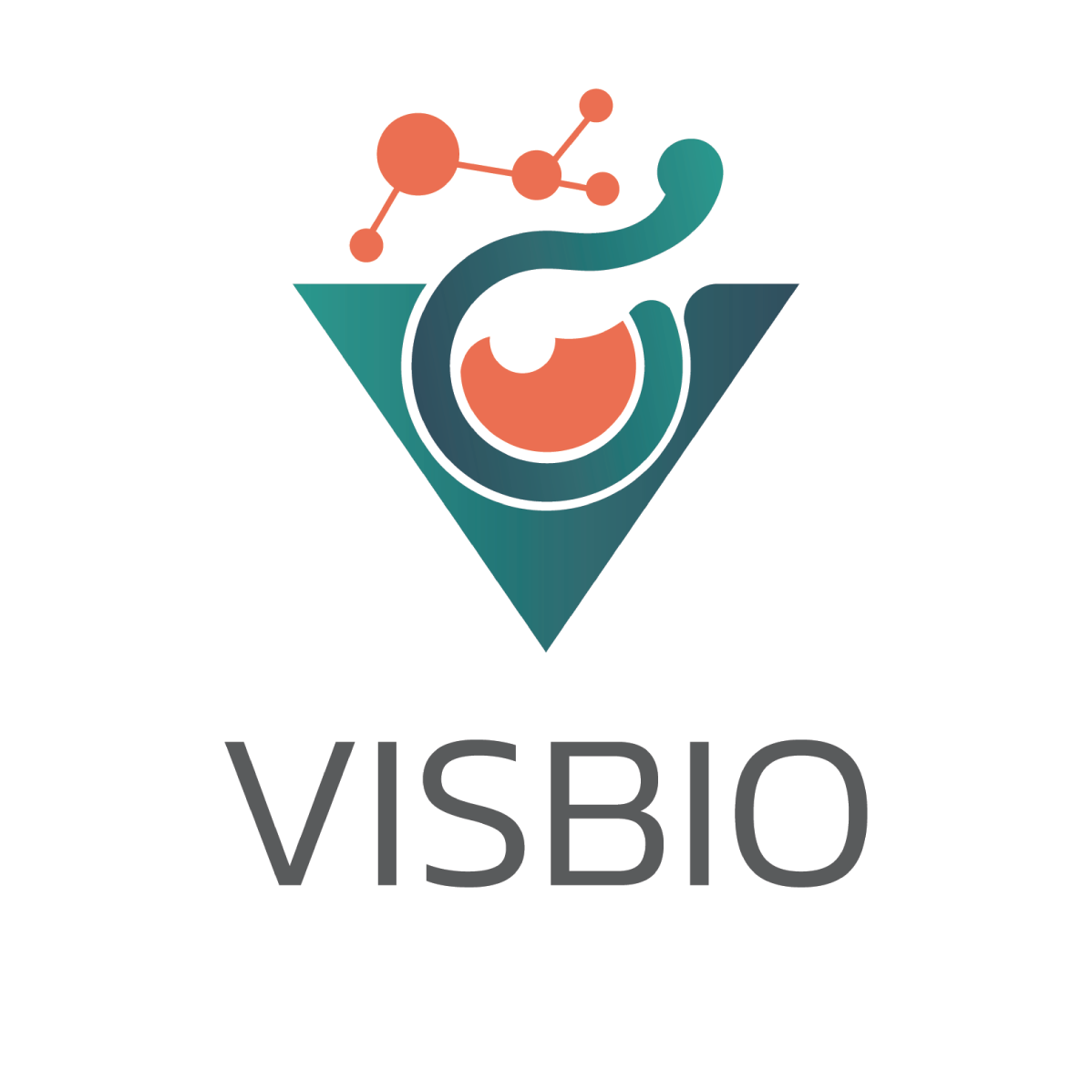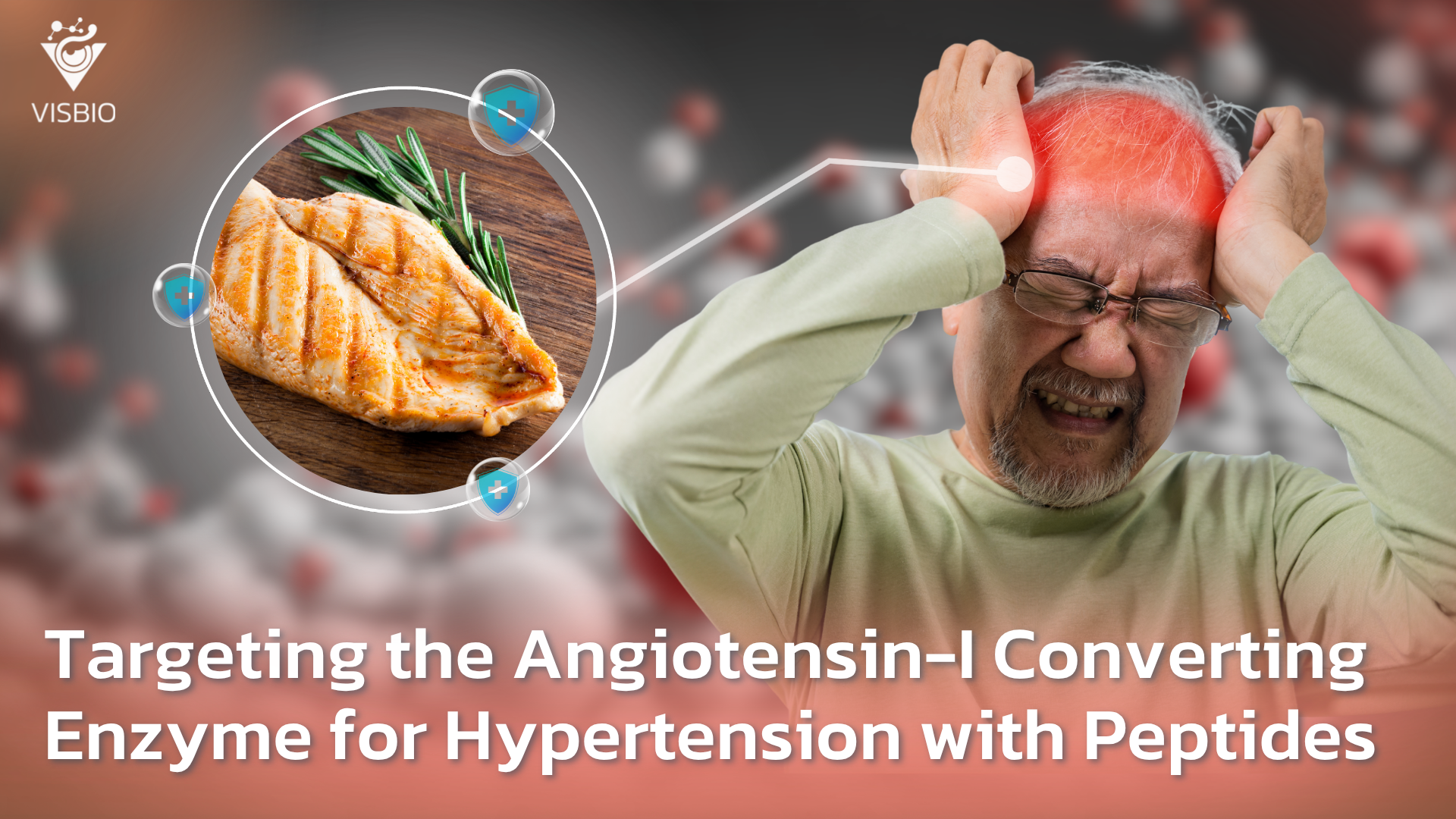In the vast and rapidly expanding global market for natural health products, the search for potent bioactive peptides to combat hypertension is a top priority. Countless studies have successfully isolated peptides from various food sources that show impressive inhibitory activity against the Angiotensin-I Converting Enzyme in a test tube. For businesses looking to invest in these discoveries, however, a critical and often overlooked question remains: a peptide might be powerful in the lab, but does it actually work inside the human body? The true commercial value of a bioactive ingredient lies not just in its initial potency, but in its bioavailability—its ability to survive the harsh environment of the digestive system and be absorbed through the intestinal wall to exert its effect.
VISBIO is at the forefront of championing this next level of scientific validation, ensuring that the ingredients we help commercialize are not just promising, but physiologically effective. This article delves into a crucial study, co-authored by Associate Professor Dr. Kiattawee Choowongkomon, that investigates this very question. It follows the journey of three promising anti-hypertension peptides from chicken meat, revealing that the true winner is not always the most potent, but the one that is most resilient and bioavailable. This research provides a powerful lesson in the importance of looking beyond simple in vitro data and focusing on what truly matters for a successful nutraceutical product.
The Gold Standard Test Simulating Human Absorption with the Caco-2 Cell Model
To determine if a peptide can be effective in the body, scientists need a reliable way to predict its journey from the gut into the bloodstream. The industry’s gold standard for this complex task is the Caco-2 cell monolayer model. In simple terms, Caco-2 cells are a line of human intestinal epithelial cells that, when grown under specific laboratory conditions, form a tight, single layer that closely mimics the cellular barrier of the human intestine. This model allows researchers to conduct a simulated absorption study with incredible precision.
The process involves testing what happens when a peptide is introduced on one side of this cell layer (the “apical” or intestinal side) and then measuring what successfully passes through to the other side (the “basolateral” or bloodstream side). This process, known as transepithelial transport, is a critical test of a peptide’s stability and permeability. It helps answer several key questions that are vital for product development:
- Does the peptide get destroyed by the digestive enzymes (brush border proteases) that are naturally present on the intestinal wall?
- Can the peptide pass through the tight junctions between the cells to enter the “bloodstream” side intact?
- Does the peptide break down into smaller fragments during transport, and if so, are those fragments still biologically active?
Only by answering these questions can a company confidently invest in an ingredient’s commercial potential.
A Contest of Three Peptides The Search for a True Bioactive Contender
The research focused on three promising peptides that inhibit the Angiotensin-I Converting Enzyme, which were previously identified from the in vitro gastrointestinal digestion of cooked chicken breast: KPLLCS, ELFTT, and KPLL. Each of these peptides had already shown the ability to survive simulated stomach and intestinal digestion in a test tube, making them strong candidates for a real-world oral supplement.
In the laboratory, the hexapeptide KPLLCS was the undisputed champion of raw potency. It exhibited an incredibly low IC50 value of just 0.37 µM, meaning it was highly effective at blocking the enzyme even at very low concentrations. The other two peptides, the pentapeptide ELFTT and the tetrapeptide KPLL, were also effective but were significantly less potent initially, with IC50 values of 6.35 µM and 11.98 µM, respectively. Based on this initial data alone, a company might be tempted to invest heavily in KPLLCS. The crucial test, however, was to see how they would fare when faced with the realistic challenge of the Caco-2 cell model.
The Surprising Result Bioavailability Trumps Initial Potency
The results of the transepithelial transport study were both surprising and profoundly important for the nutraceutical industry. The most potent peptide, KPLLCS, proved to be highly susceptible to degradation by the brush border proteases—the enzymes naturally present on the surface of the intestinal cells. After a two-hour incubation period, a staggering 97% of the KPLLCS peptide had been destroyed on the apical side, with only a tiny fraction (0.11%) managing to make it across the barrier intact. Its high potency was useless because it simply could not survive the journey.
In stark contrast, the peptide KPLL, which was initially the least potent of the three, demonstrated far superior resilience and permeability. While it was also partially degraded by the cell-surface enzymes, it showed the highest rate of intact transport. A total of 0.58% of the original KPLL peptide successfully passed through the Caco-2 cell monolayer—more than five times the amount of the supposedly superior KPLLCS. This finding is a powerful illustration of a core principle in functional ingredient development: a moderately active peptide that can successfully reach its target in the body is infinitely more valuable than a highly potent peptide that cannot. Bioavailability is not just a feature; it is the key to efficacy.
A Hidden Benefit The Power of Active Fragments from the Angiotensin-I Converting Enzyme
The story of KPLL’s success became even more compelling upon closer analysis of what had passed through to the basolateral (bloodstream) side. The researchers discovered that as KPLL was being transported across the cell layer, it was partially broken down by the cell-surface enzymes into two smaller, stable fragments: the dipeptides KP and LL. Crucially, these fragments were not inert metabolic waste; they retained their own inhibitory activity against the Angiotensin-I Converting Enzyme.
This meant that even the “degradation” of KPLL was a productive process. When the researchers collected and tested the final mixture of molecules that had been transported—a cocktail containing the surviving intact KPLL peptide plus its newly formed KP and LL fragments—they found it exhibited the highest overall ACE-inhibitory activity of all three candidates, at an impressive 56.03%. This demonstrates that KPLL is not just a single active molecule, but a “pro-drug” of sorts. It acts as a resilient delivery vehicle that, upon reaching its target, releases a combination of active compounds to provide a multi-pronged therapeutic effect. This hidden benefit makes it an even more robust and reliable candidate for a commercial health product.
The Molecular Basis for Success Why KPLL Works
To understand the structural reasons for KPLL’s effectiveness, both in its intact form and as its fragments, the team performed a molecular docking simulation. This computational analysis revealed that both the intact KPLL peptide and its potent fragment KP could successfully enter the deep, narrow active site of the ACE enzyme. The simulation highlighted that the Lysine (K) amino acid at the N-terminus (the “front end”) of KPLL is a key structural feature. It enables the peptide to bind directly with the critical zinc ion and other important residues within the enzyme’s catalytic site. This provides a clear, molecular-level explanation for its potent inhibitory activity and validates the biological findings with a strong mechanistic foundation.
Partnering with VISBIO for Scientifically-Proven Health Solutions
This research provides an invaluable lesson for any business involved in the product development and marketing of functional ingredients. Investing in an ingredient based solely on its in vitro potency is a significant risk. True commercial success and consumer trust are built on products that deliver real, physiological effects, which is entirely dependent on bioavailability. This study effectively de-risks KPLL as a lead candidate for anti-hypertension nutraceuticals. It has been proven not just to be potent, but to be a survivor—capable of reaching the bloodstream and delivering a multi-pronged inhibitory effect.
At VISBIO, we understand that the most successful products are born from the most rigorous science. We specialize in identifying and developing bioactive peptides that have been validated not just for their power, but for their real-world physiological potential. We invite companies in the nutraceutical, functional food, and dietary supplement sectors to partner with us. Let us help you navigate the science and commercialize ingredients like KPLL that are backed by the evidence needed to build a trusted, successful brand. Contact us for a free, no-obligation consultation to explore how this advanced research can form the foundation of your next innovative product line.

About the Author:
Associate Professor Dr. Kiattawee Choowongkomon is a leading expert in biochemistry and proteomics, specializing in the development of bioactive compounds for therapeutic applications. His research bridges traditional medicinal knowledge with modern scientific innovation, creating impactful health solutions.


